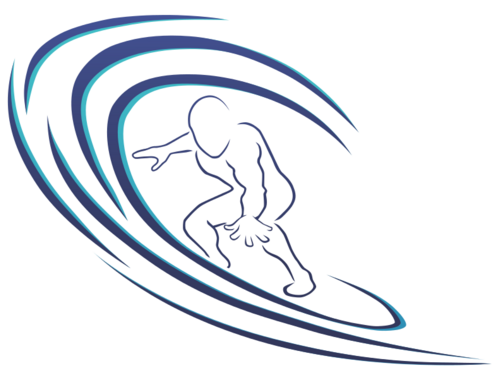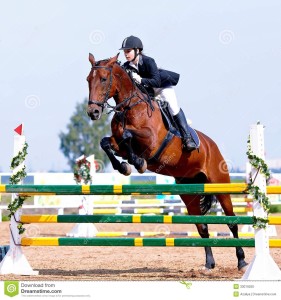Pediatric Orthopedics
Our specialized training, experience, and interest in children’s conditions sets our experts apart.
What you can expect:
- Highly trained and experienced at providing specialized services to children and adolescents
- Improve sport performance and general health by preventing, treating, and rehabilitating injuries
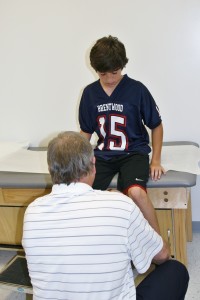 Pediatric orthopedic surgeons are medical professionals extensively trained to prevent, diagnose, treat, and rehabilitate the musculoskeletal problems of growing children (i.e., muscle, bone, and joint injuries and disorders).
Pediatric orthopedic surgeons are medical professionals extensively trained to prevent, diagnose, treat, and rehabilitate the musculoskeletal problems of growing children (i.e., muscle, bone, and joint injuries and disorders).
How does Pediatric Orthopedics differ from General Orthopedics?
Like general orthopedic surgeons, they are required to complete an orthopedic residency program lasting five to six years after their eight years of undergraduate and medical education. In addition, pediatric orthopedic surgeons are further required to complete a subspecialty program that typically lasts one year. Pediatric orthopedics is uniquely specialized; children’s musculoskeletal disorders, infections, and deformities are not the same as those in adults, and thus need to be treated differently. This difference lies mainly in the fact that children are still growing (5).
While there are many categories that fall under the umbrella of pediatric orthopedics—such as cerebral palsy and muscular dystrophy—our medical doctors at Pacific Coast Sports Medicine are highly trained and experienced at providing specialized services to children and adolescents with issues primarily within the realm of sports medicine. This includes, but is not limited to, overuse injuries, growth plate fractures, and other injuries that result from trauma. 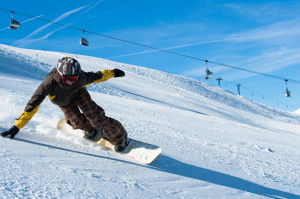
Within the last four decades the amount of youth participation in sport has grown, and with it, the need for orthopedic surgeons specializing in pediatrics.
Youth sport participation has increased over 100% at the high school level alone, from 3.9 million in 1972 to 7.6 million in 2012 (4). In general, it is currently estimated that between 30 and 45 million youths aged six to seventeen take part in organized or recreational sport (2). It is not only the number of children that are regularly involved in sport that has increased the need for pediatric orthopedic sports medicine; it is also the amount of time and physical demand the children of today expend for their sports. While youth participation in sport has increased, so too has the frequency and number of injuries in children.
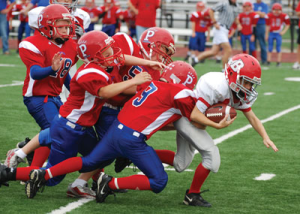 How do children and adults differ in recovering from injuries?
How do children and adults differ in recovering from injuries?
Children’s bodies respond differently to exercise, stress, and injury than adults’ bodies.
Children are not just small adults.
They have growing bodies that are able to quickly recover after multiple bouts of physical activity. While this is a great advantage, it also comes at a cost: since their musculoskeletal systems are not fully developed, their bodies cannot handle as much physical stress as adult athletes (1). Overuse injuries are those that occur as a result of “microtraumatic damage to bone, muscle, or tendon that has been subjected to repetitive stress without sufficient time to heal or undergo the natural reparative process” (7).
Some examples of common overuse injuries are:
- Jumper’s Knee
- Osgood-Schlatter Disease
- Spondylolysis
- Osteochondritis Dissecans
- Shoulder Impingement Syndrome
- Medial Apophysitis (also known as “Little Leaguer’s Elbow”)
- Sever’s Disease
- Achilles Tendinitis
- Stress fractures (5)
Common overuse injuries that occur in youth athletes: Jumper’s Knee, Osgood-Schlatter Disease, and ACL sprains…
Jumper’s Knee and Osgood-Schlatter Disease are two types of overuse injuries that may result in growth plate fractures if the athlete plays through the pain and does not get enough rest. Growth plates are located near the ends of long bones (i.e., femur, tibia, fibula, humerus, radius, ulna, and phalanges) and regulate the length and shape of the bone. They do not ossify (harden) until growing has ceased, making them vulnerable and commonly fractured in children, accounting for 15-20% of all childhood fractures (3). If not treated quickly and managed properly, a fractured growth plate can increase the risk of adversely affecting bone growth.
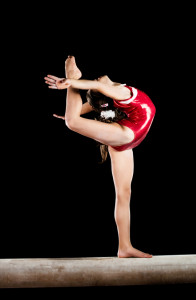 Anterior cruciate ligament (ACL) sprains within the knee are becoming increasingly prevalent in the youth population, especially in girls. There are a number of factors that can influence the common occurrence of this injury (e.g., skeletal structure, genetics, strength, biomechanics, athletic technique, hormones). Interestingly enough, most ACL tears result from non-contact, pivoting movements as opposed to direct blows to the knee. With more than 100,000 pediatric ACL reconstruction surgeries performed each year, pediatric orthopedic professionals have been developing programs that prevent ACL and other knee ligament sprains by strengthening surrounding musculature and improving biomechanics during sports-specific movements (6).
Anterior cruciate ligament (ACL) sprains within the knee are becoming increasingly prevalent in the youth population, especially in girls. There are a number of factors that can influence the common occurrence of this injury (e.g., skeletal structure, genetics, strength, biomechanics, athletic technique, hormones). Interestingly enough, most ACL tears result from non-contact, pivoting movements as opposed to direct blows to the knee. With more than 100,000 pediatric ACL reconstruction surgeries performed each year, pediatric orthopedic professionals have been developing programs that prevent ACL and other knee ligament sprains by strengthening surrounding musculature and improving biomechanics during sports-specific movements (6).
Pediatric Orthopedic guidance can ultimately help your child’s sports performance and general health by preventing, treating, and rehabilitating injuries.
Multiple two- to three-hour sports practices per week, weekend tournaments, club teams, travel teams, private training sessions, and year-round participation are not uncommon in a young athlete’s schedule. With the ever-increasing demands of sport, it is crucial that medical professionals specializing in pediatrics provide children with the best service to ensure not only enhanced performance, but also safe participation including preventative and rehabilitative care. Due to the growing, yet immature muscular and skeletal structures of children, it is important to allow for adequate rest and recovery between practices, games, and training sessions. At Pacific Coast Sports Medicine, children of all ages can benefit from the guidance of our pediatric orthopedic surgeons to prevent, treat, and rehabilitate injuries that can occur in sport.
- Atay E. Prevalence of sport injuries among middle school children and suggestions for their prevention. J Phys Ther Sci. 2014;26(9):1455-1457.
- Brenner JS and the Council on Sports Medicine and Fitness. Overuse injures, overtraining, and burnout in child and adolescent athletes. Pediatrics. 2007;119(6):1242-1245.
- Fractures of the Physis. The Pediatric Orthopaedic Society of North America Web site. posna.org/education/StudyGuide/FracturesOfThePhysis.asp. Accessed October 12, 2014.
- Title IX and Athletics: Proven Benefits and Unfounded Objections. National Coalition for Women & Girls in Education Web site. http://www.ncwge.org/TitleIX40/Athletics.pdf. Accessed October 12, 2014. Published 2012.
- Overuse Injuries in Children. OrthoInfo Web site. http://orthoinfo.aaos.org/topic.cfm?topic=A00613. Accessed October 10, 2014. Reviewed December 2012.
- Troxell CR. Pediatric ACL Injuries: A Review of Diagnosis, Treatment and Prevention. American Osteopathic Academy of Sports Medicine Web site. http://www.aoasm.org/default/assets/File/OMED2012/Pediatric%20ACL%20Injuries.ppt.pdf. Accessed October 14, 2014.
- What is a Pediatric Orthopaedic Surgeon? OrthoInfo Web site. http://orthoinfo.aaos.org/topic.cfm?topic=a00044. Accessed October 9, 2014. Reviewed September 2010.
